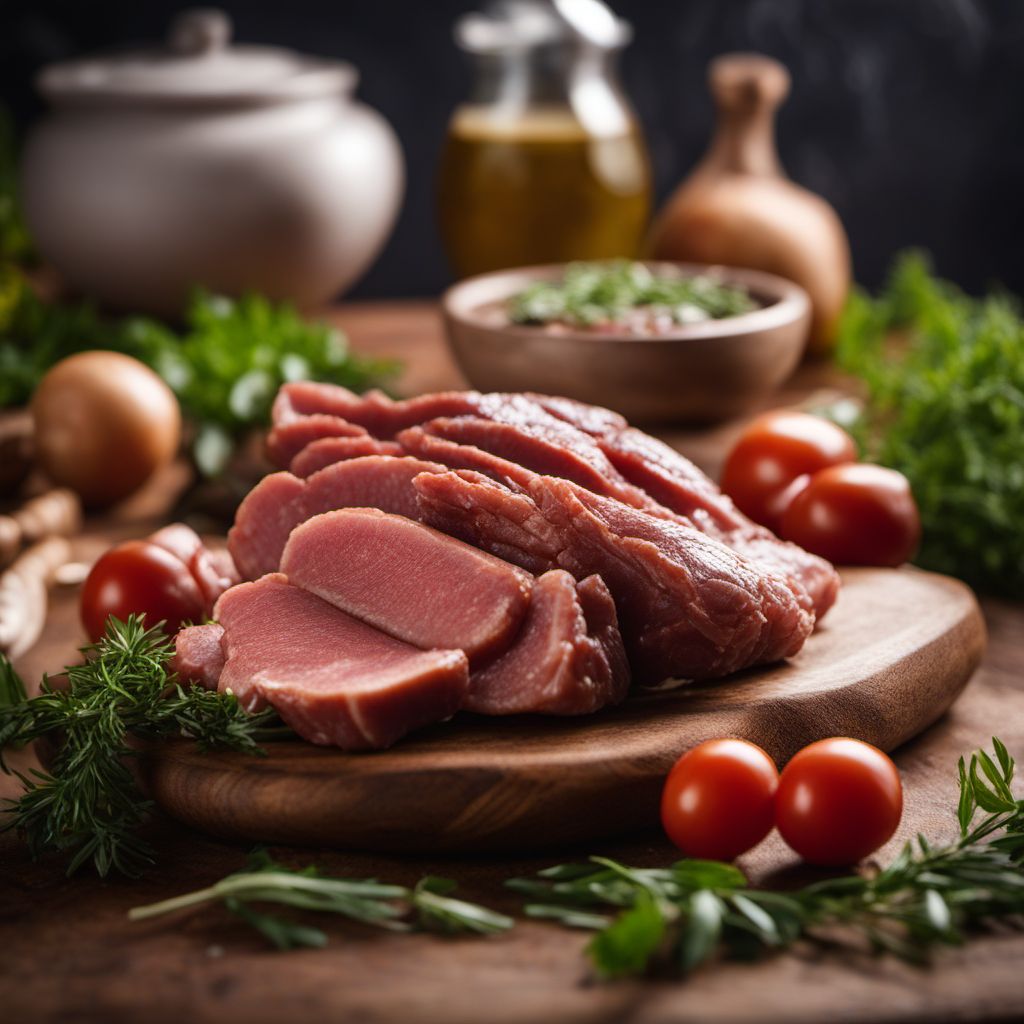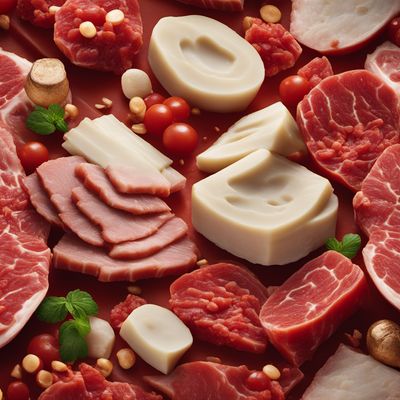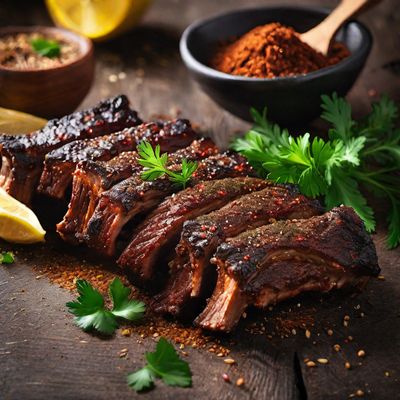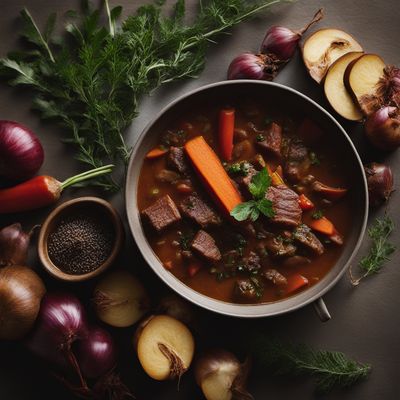
Ingredient
Kangaroo fresh meat
The Lean and Sustainable Protein
Kangaroo meat is lean, tender, and has a rich, gamey flavor. It has a deep red color and a fine texture, similar to beef. The flavor of kangaroo meat is distinct, with a slightly sweet and earthy taste. It is often described as a cross between venison and beef. Kangaroo meat is low in fat and cholesterol, making it a healthy choice for those looking to reduce their intake of saturated fats. It is also a good source of iron, zinc, and omega-3 fatty acids.
Origins and history
Kangaroo meat has a long history of consumption in Australia, dating back thousands of years. Indigenous Australians have been hunting kangaroos for their meat, skins, and bones for sustenance and cultural purposes. Kangaroo meat became more widely available in the 1980s when commercial harvesting and processing were introduced. Today, kangaroo meat is regulated by strict quotas and sustainability measures to ensure the preservation of kangaroo populations. It is primarily sourced from wild kangaroos that are harvested under strict guidelines.
Nutritional information
Kangaroo meat is low in fat and cholesterol and high in protein, iron, and zinc. It is also a good source of omega-3 fatty acids, which are beneficial for heart health. Kangaroo meat is a sustainable protein choice, as kangaroos are abundant in Australia and their harvesting helps manage their populations and minimize environmental impact.
Allergens
May cause allergic reactions in individuals with a sensitivity to game meats.
How to select
When selecting kangaroo meat, look for cuts that are deep red in color and have a firm texture. Avoid any meat that appears brown or has a strong odor, as this may indicate spoilage. Fresh kangaroo meat should be refrigerated and consumed within a few days, or it can be frozen for longer storage.
Storage recommendations
To maintain the freshness of kangaroo meat, store it in the refrigerator at temperatures below 40°F (4°C). It is best to keep the meat in its original packaging or wrap it tightly in plastic wrap or aluminum foil to prevent air exposure. Cook or freeze the meat before the expiration date for optimal quality and safety.
How to produce
Kangaroo meat is primarily sourced from wild kangaroos in Australia. It is harvested by licensed hunters who adhere to strict regulations and quotas to ensure sustainability. Kangaroo meat is not commonly produced on a large scale, and attempts to farm kangaroos for meat have been limited.
Preparation tips
Kangaroo meat can be prepared in various ways, including grilling, roasting, stir-frying, or pan-searing. It is important not to overcook kangaroo meat, as it can become tough and lose its tenderness. Kangaroo steaks or fillets are often marinated to enhance their flavor and then cooked to medium-rare or medium doneness. Kangaroo meat pairs well with bold flavors such as garlic, rosemary, juniper berries, and red wine. It is commonly served with roasted vegetables, mashed potatoes, or in hearty stews.
Culinary uses
Kangaroo meat is commonly used in Australian cuisine, where it is enjoyed in dishes such as kangaroo steaks, burgers, sausages, and meat pies. It is also gaining popularity in other parts of the world as a sustainable and healthy alternative to traditional meats. Kangaroo meat can be found in specialty butcher shops or online retailers that specialize in exotic meats.
Availability
Kangaroo meat is primarily available in Australia, where it is widely consumed. It is also exported to select countries, including the United States, Canada, and some European nations. However, availability may be limited in certain regions due to import restrictions or cultural preferences.
More ingredients from this category » Browse all

Bovine fresh meat
The Prime Cut: Bovine Fresh Meat

Rabbit fresh meat
The Versatile Bunny

Hare fresh meat
The Wild Delicacy

Equine fresh meat
The Gastronomic Delight of Equine Cuisine

Goat fresh meat
The Savory Delicacy

Mixed pork and mutton/lamb fresh meat
The Perfect Blend: Pork and Lamb Combination

Marine mammals meat
Delicacy from the Deep Blue

Rat meat
"The Unconventional Delicacy: Exploring the World of Rat Meat"

Mixed beef and mutton/lamb fresh meat
Savory Meat Medley

Llama or lama fresh meat
"The Exotic Delicacy: Discover the Unique Flavors of Llama Meat"

Deer fresh meat
"The Wild Delicacy: Exploring the Rich Flavors of Deer Fresh Meat"

Wild boar fresh meat
The Untamed Delicacy: Wild Boar Fresh Meat
Recipes using Kangaroo fresh meat

Hungarian-style Kangar Stew
Hearty Hungarian Kangar Stew: A Fusion of Flavors

Arab-style Barbecue Ribs
Middle Eastern Spiced Ribs with a Smoky Twist

Australian Bush Stew
Outback Delight: Australian Bush Stew

Italian-style Barbecue Ribs
Sapore Italiano: Succulent Barbecue Ribs with a Mediterranean Twist